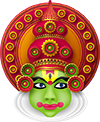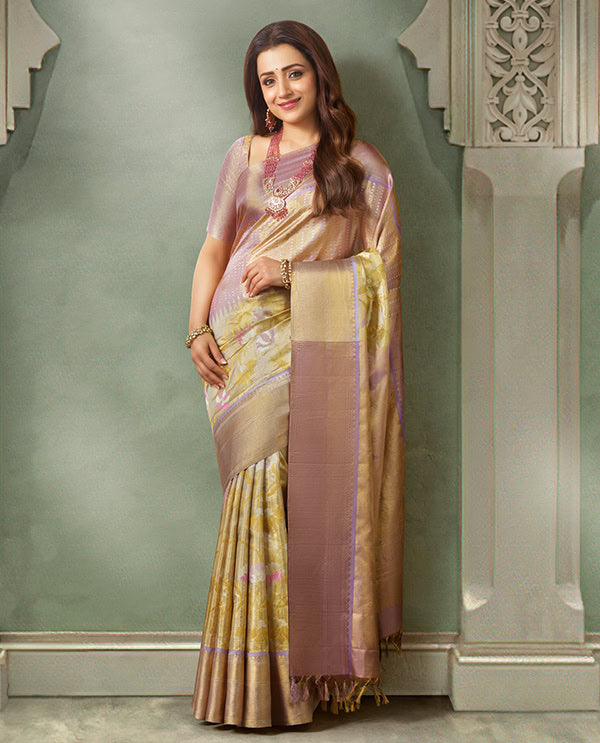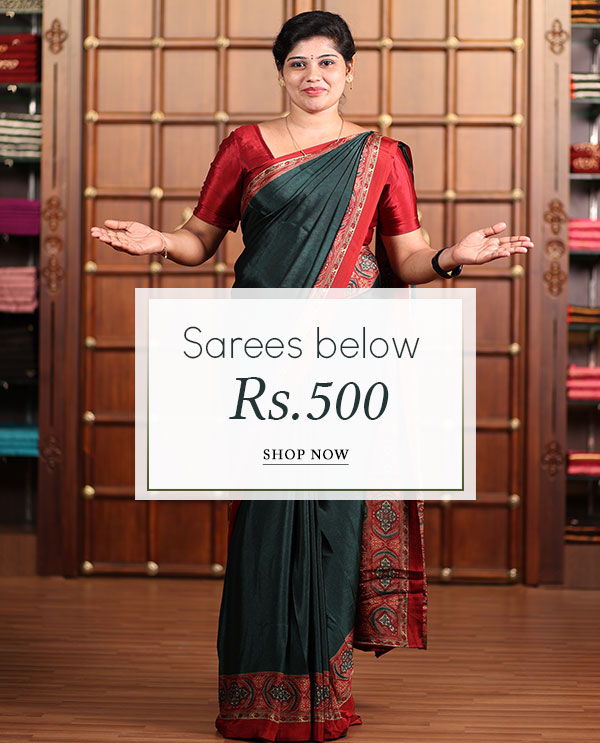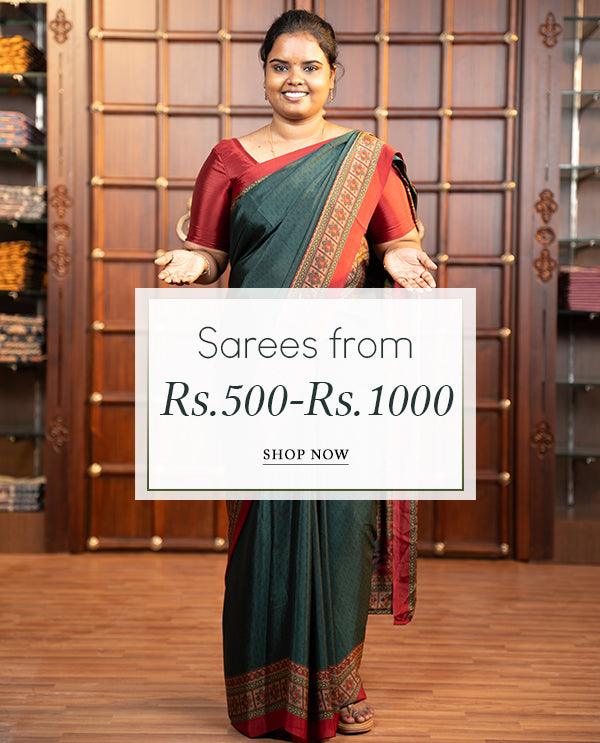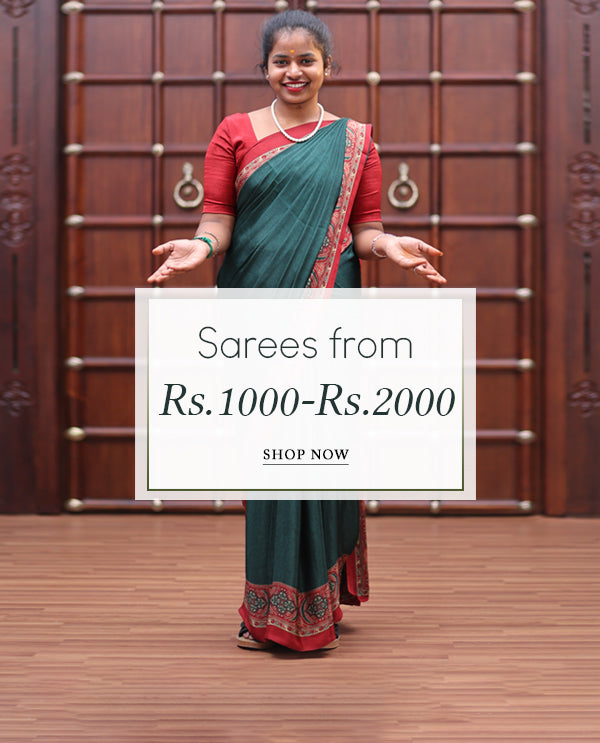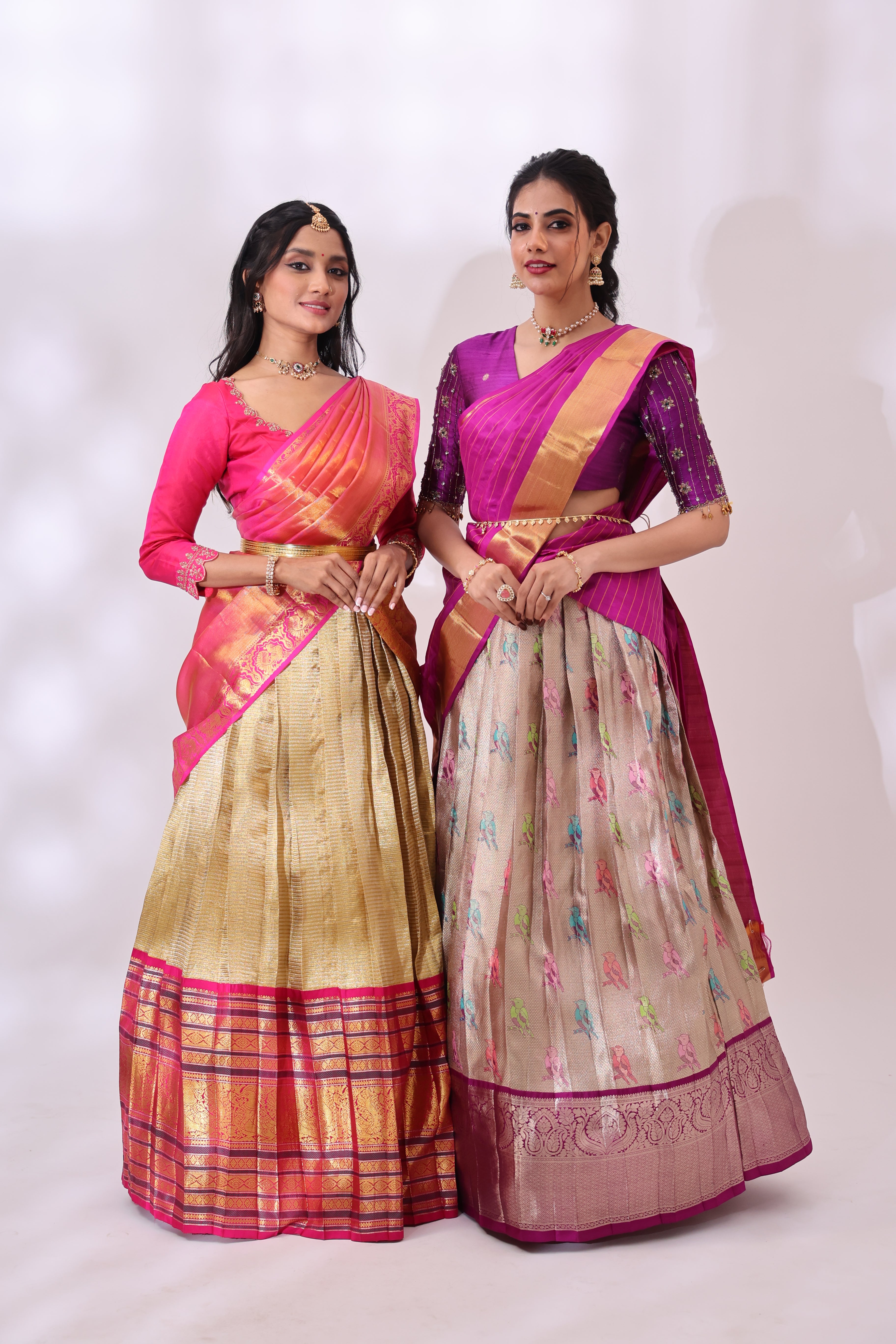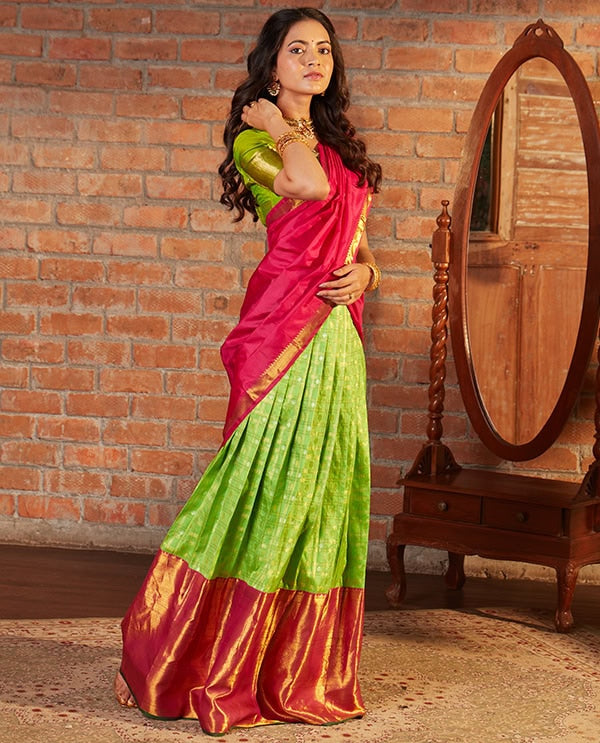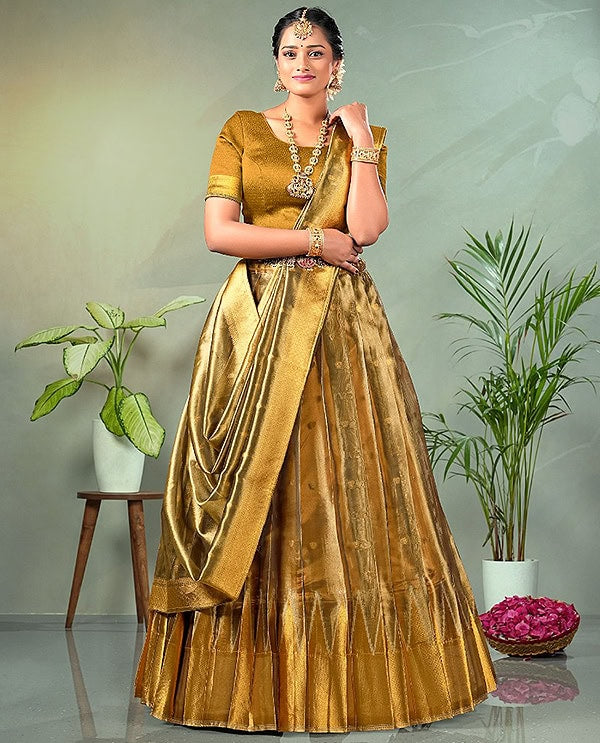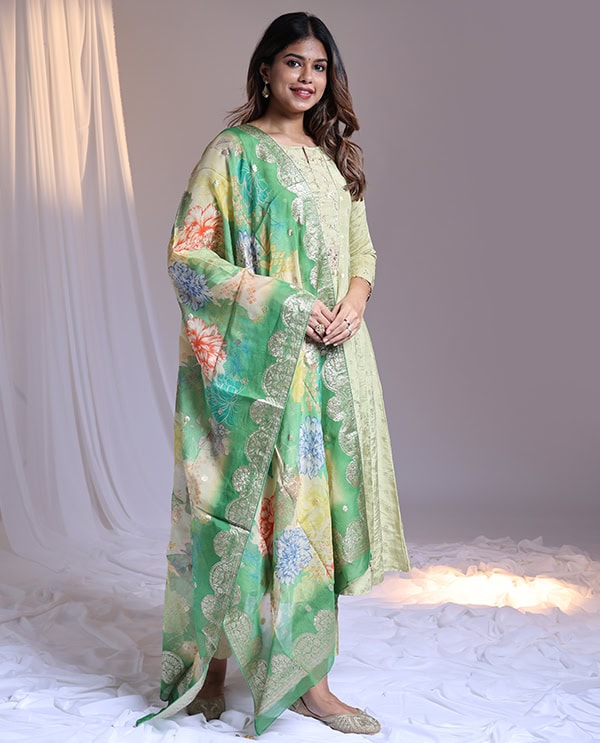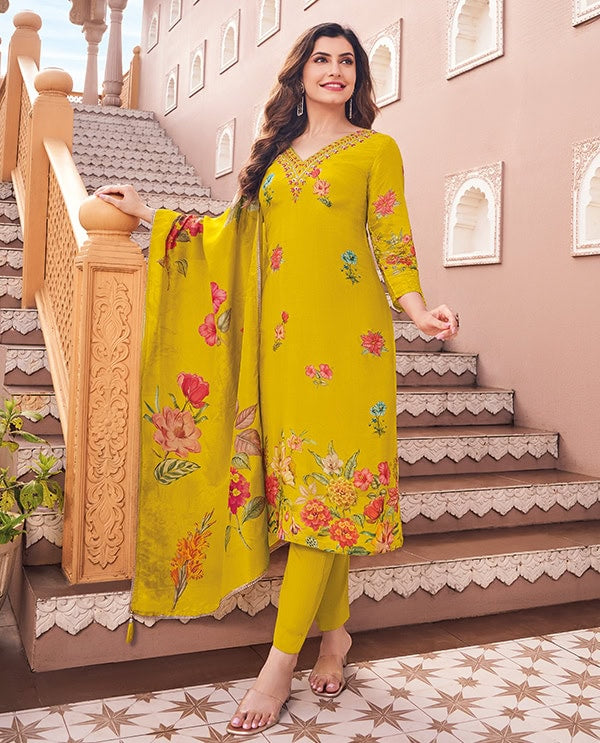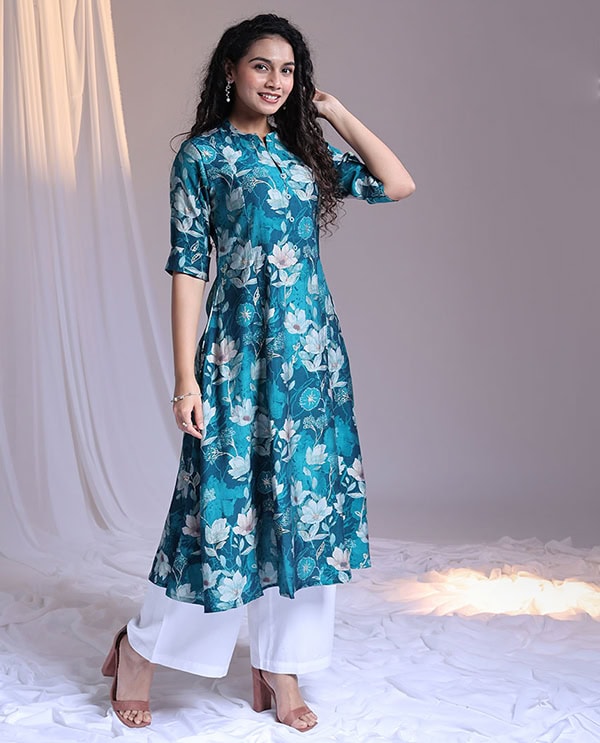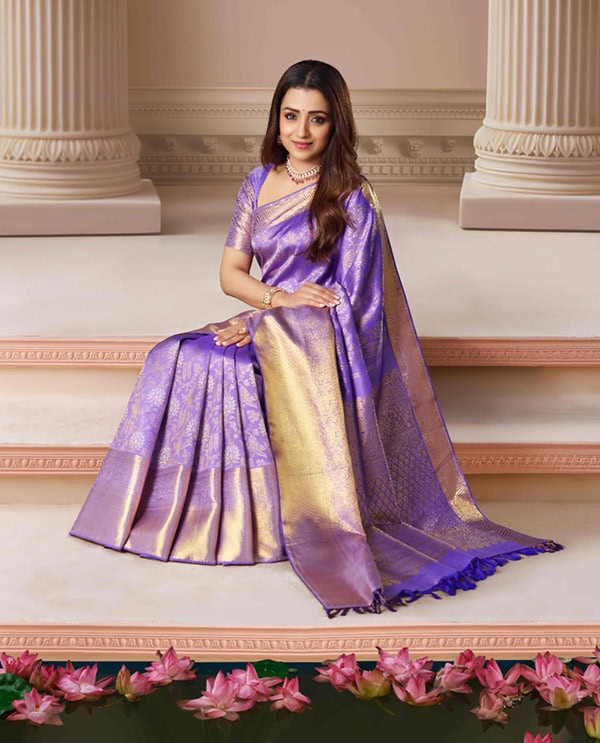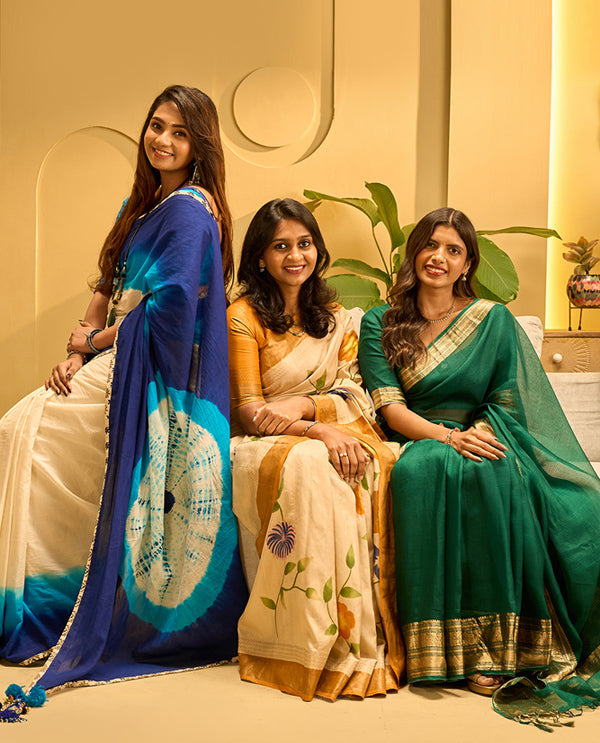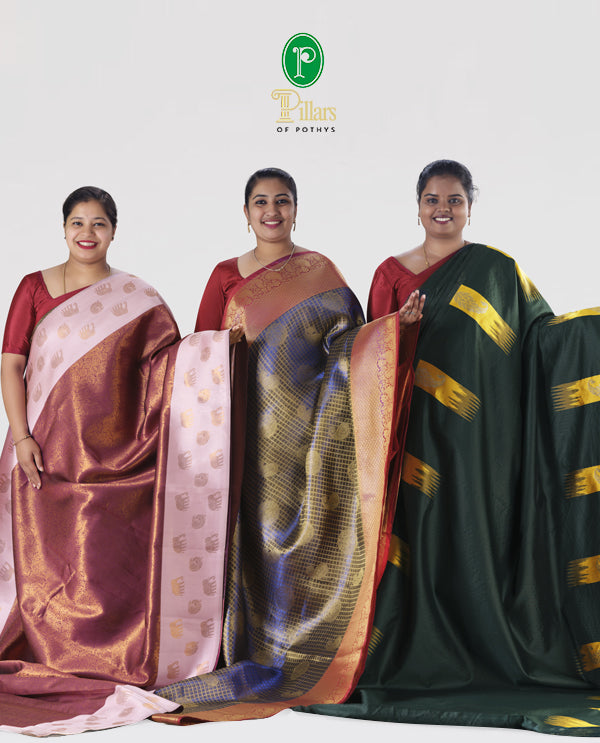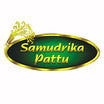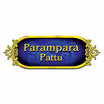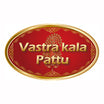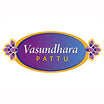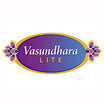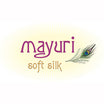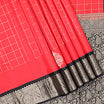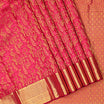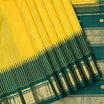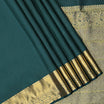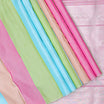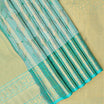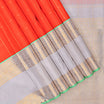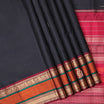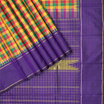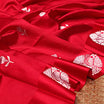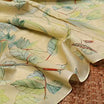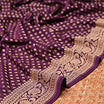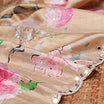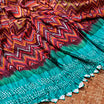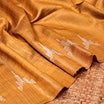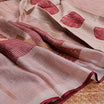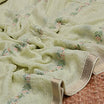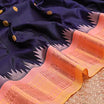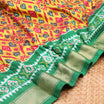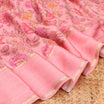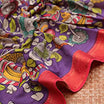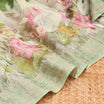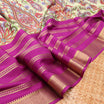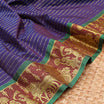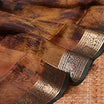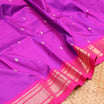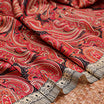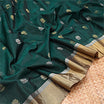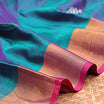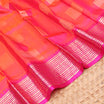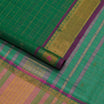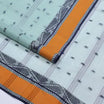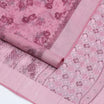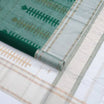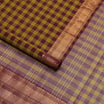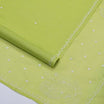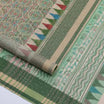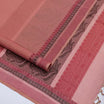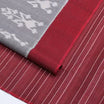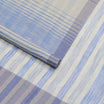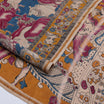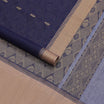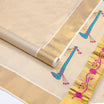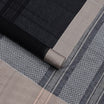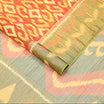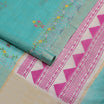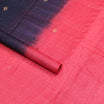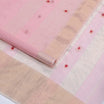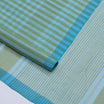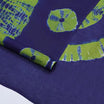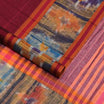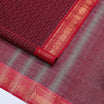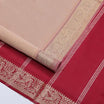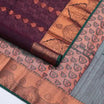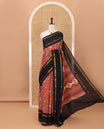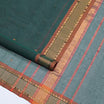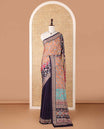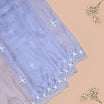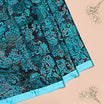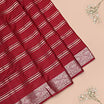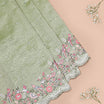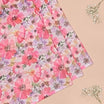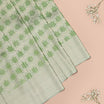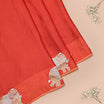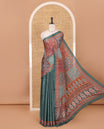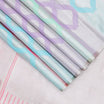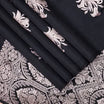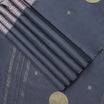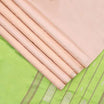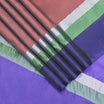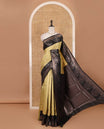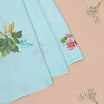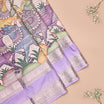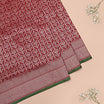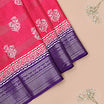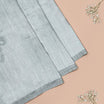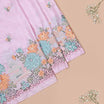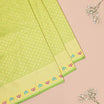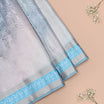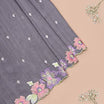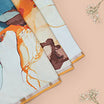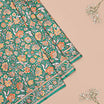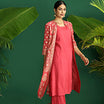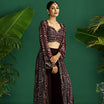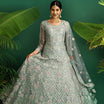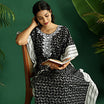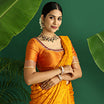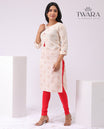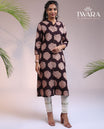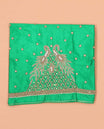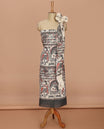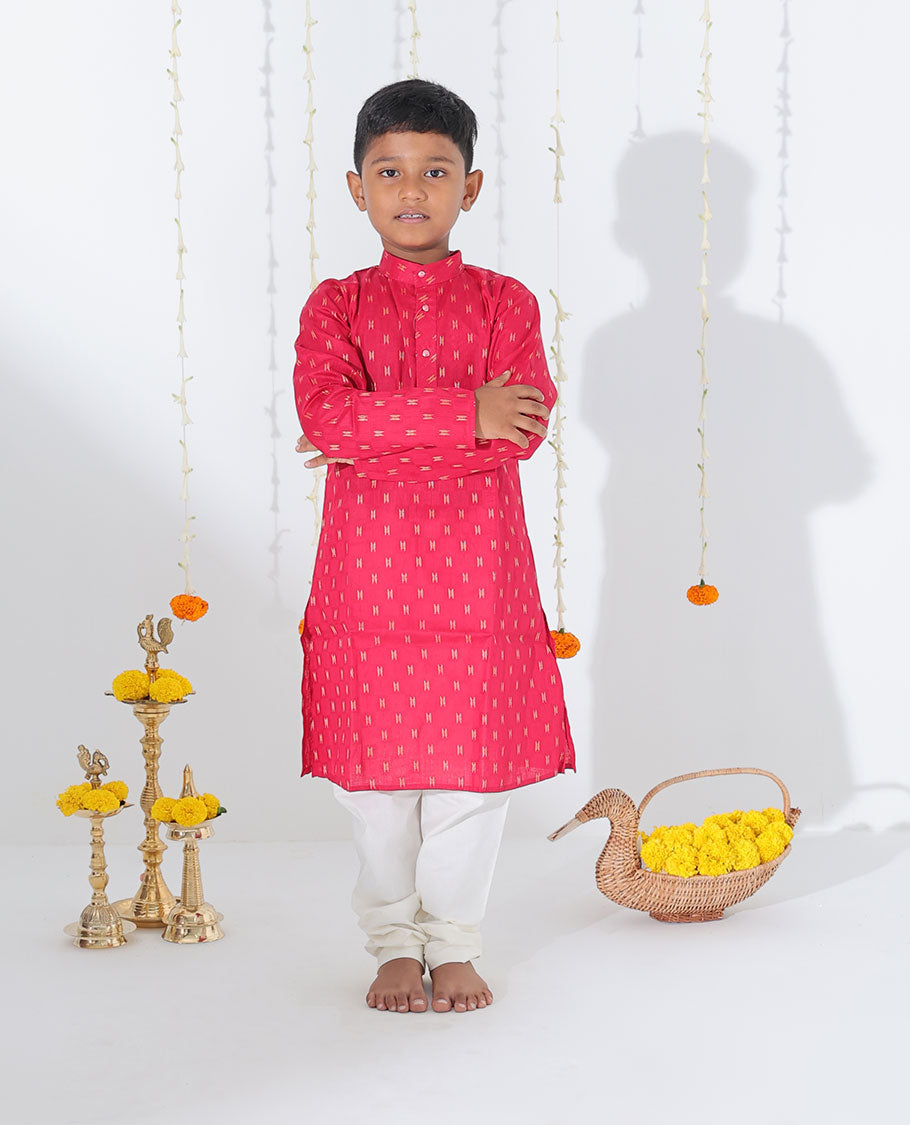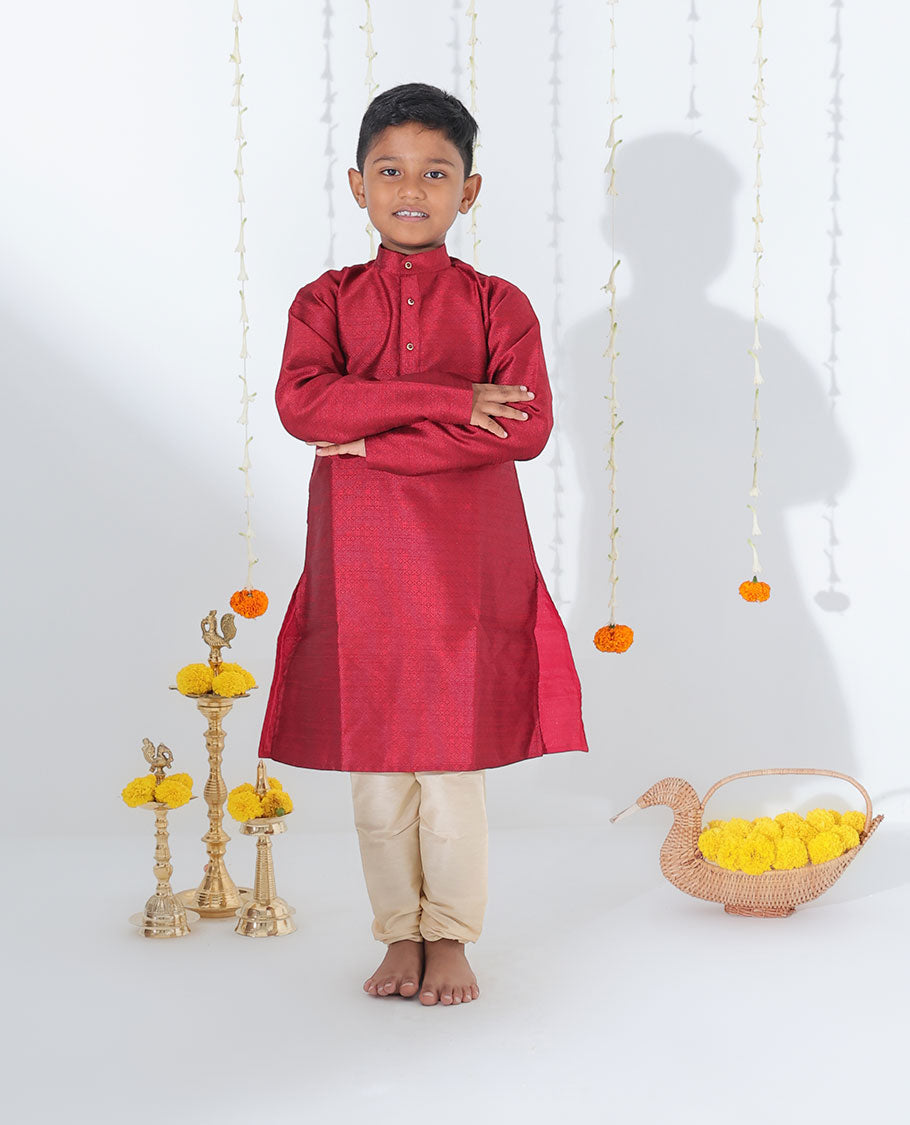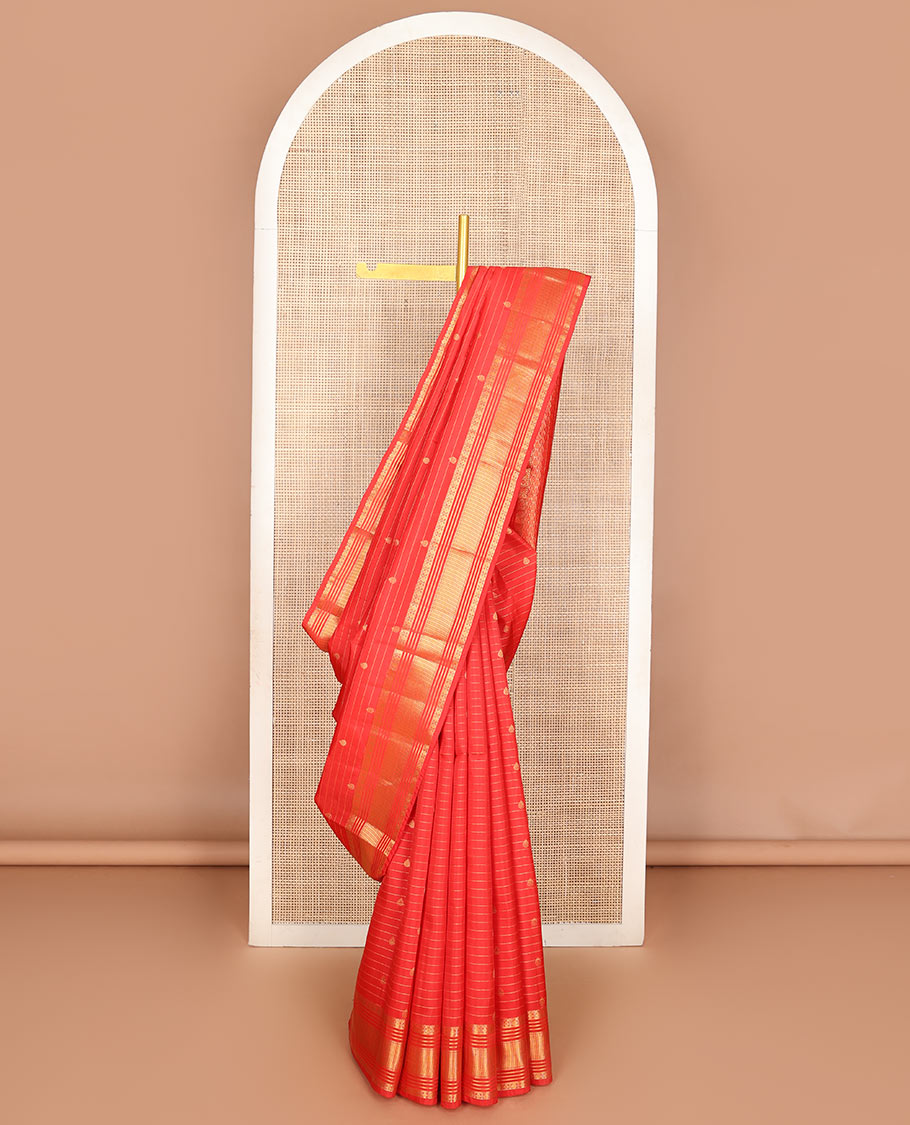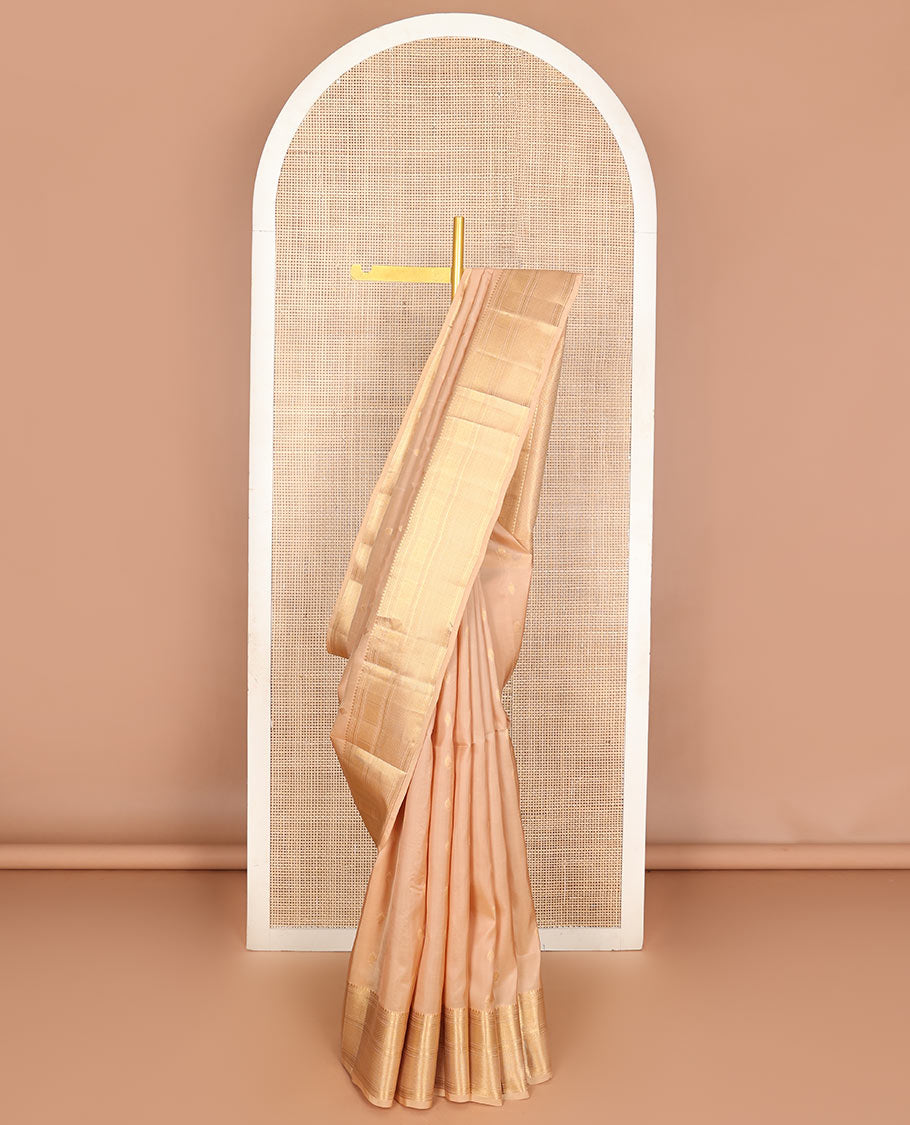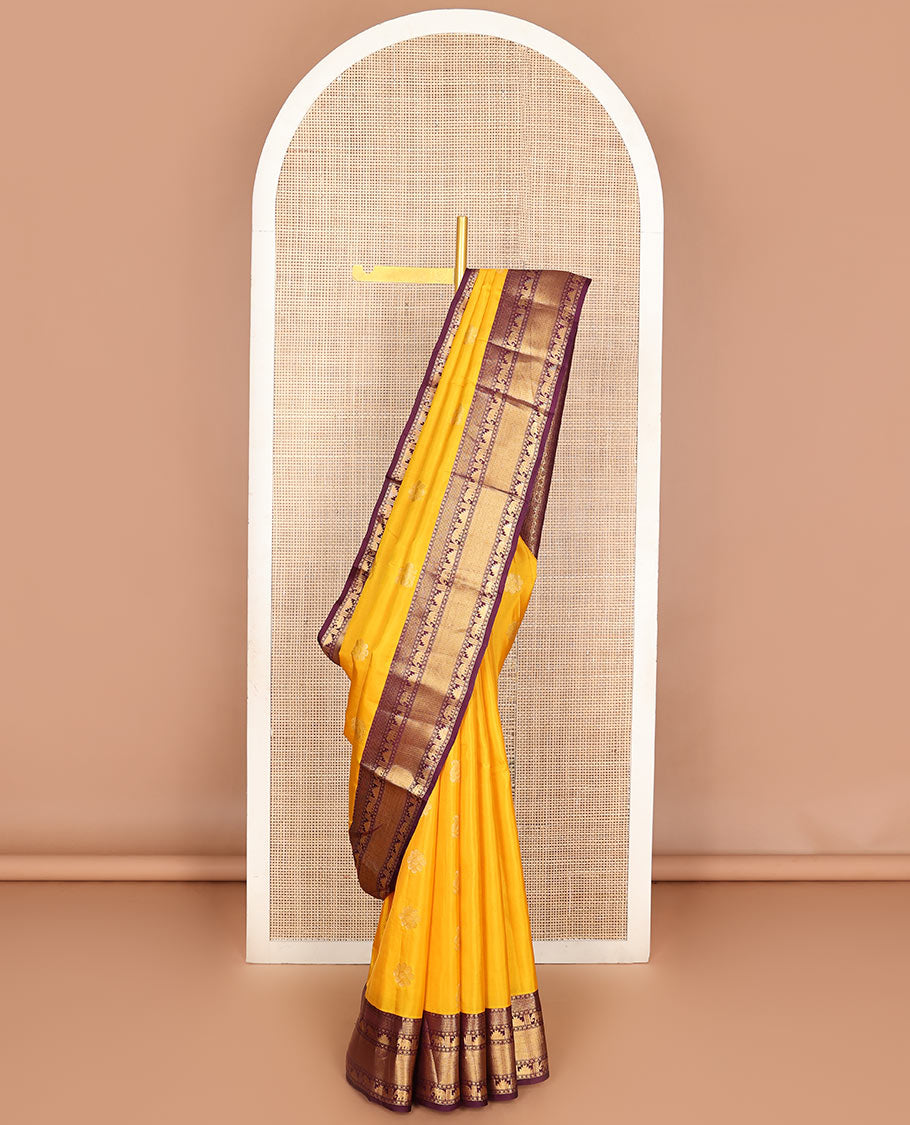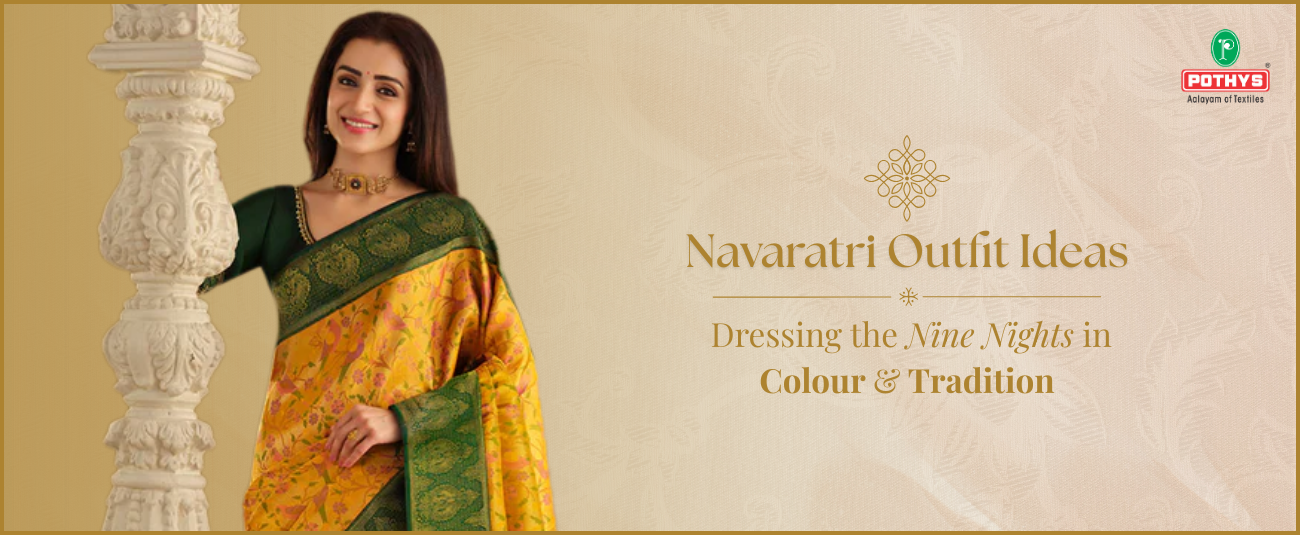The Significance of Dussehra: Tradition, Dress Code, and Festive Elegance
Dussehra, also known as Vijayadashami, stands as one of India's grandest festivals- an annual reminder of the triumph of good over evil and the eternal relevance of courage, virtue, and hope.
Observed at the culmination of Navratri's nine sacred days, Dussehra is not just a historical milestone, but a lived experience for families across India. Its true significance is felt both in the glowing effigies at dusk and, perhaps more personally, in the vibrant, traditional dress for Dussehra that families pick out each year. The dharma of the festival lives on in the sarees, kurtas, and festive attire- each representing legacy, celebration, and a fresh start.

Legends, Rituals, and the Cultural Soul of Dussehra
The tales that define Dussehra are woven into the very fabric of Indian identity:
-
In the North, the festival brings to life the Ramayana's climactic moment- Rama's victory over Ravana- celebrated in dramatic Ramlila performances across fields and public squares.
-
In the South, the focus shifts to Ayudha Puja and Saraswati Puja, with families honouring tools, books, instruments, and new beginnings through Golu displays and traditional South Indian attire.
-
In the East, Dussehra marks the end of Durga Puja, a time when devotees in West Bengal and Assam carry idols and hopes to the rivers, celebrating Goddess Durga's triumph over Mahishasura.
-
In the West, events like Maharashtra's Simollanghan see families exchange apta leaves as "gold," dressing in their best Dussehra festival dresses to mark prosperity.
From the burning of Ravana's effigies to the quiet prayers before dusk, Dussehra is defined by how Indians celebrate together- through stories, food, music, dance, and most vividly, through culturally authentic traditional dresses for Dussehra that carry messages of faith, hope, and unity.
Why Dussehra Dress Matters: Culture Beyond Clothing
The Dussehra dress code is more than an outfit- it is a vibrant affirmation of life and ritual. Donning new or freshly laundered clothes, often in the most auspicious of colours, is central to the ethos of Dussehra and is considered a way to welcome Goddess Shakti's blessings and mark a spiritual renewal.

For women, this might mean wrapping themselves in a regal Kanchipuram silk saree, draping a soft Banarasi silk saree, slipping on a brocade half-saree, or choosing a lightweight handloom cotton saree for a temple visit. Men interpret the Dussehra dress code through crisp dhotis, white and gold veshtis, or a kurta-pyjama ensemble, depending on region and occasion. Even children delight in their Dussehra dress, from pattu pavadai to kurta sets, feeling every bit a part of the sacred celebration.

No matter the style, the commitment to tradition and the anticipation of new beginnings are clear, making dress for Dussehra a true cultural ritual.
Rituals Across India: Dussehra Dress, Diversity, and Delight
North India

Families gather in vibrant processions, donning colourful kurtas, sarees, and festive accessories to attend the dramatic Ramlila and witness the symbolic burning of Ravana's effigy. Here, the Dussehra dress code is all about vibrancy- reds, yellows, golds, and striking traditional prints.

South India

In Tamil Nadu, Andhra Pradesh, Karnataka, and Kerala, the celebration is more intimate.

Women dress in handloom cottons and Kanjivarams, girls in half sarees, and men in pristine veshtis and silk dhotis. Rituals like Bombe Habba (Golu), Saraswati Puja, and Ayudha Puja mean the Dussehra dress for men and women is chosen with care for both comfort and ceremony.

Eastern India

Bengal's Durga Puja sees women in gold-bordered white sarees and men in crisp kurtas. The focus here is on family, colour, and celebration- immersion of idols, feasting, and devotion reflected in every fold of festive attire.
Western India

Families in Maharashtra and Gujarat mark Simollanghan by exchanging gold leaves and dressing in their most resplendent sarees and Nehru jackets.

How Dussehra Dress Codes Have Evolved
Dussehra dress is a living tradition. While classic looks- like the Kanchipuram saree or cotton veshti- hold pride of place, modern celebrations have embraced an exciting blend of Indo-Western fashion, comfort, and creativity.

-
Traditional Dress for Dussehra was once strictly defined by geography and occasion- silks and brocades for elders, lighter cottons for young people.

-
Today's festive selections include palazzo-kurta sets, pastel and printed sarees, Indo-Western tunics, Nehru jackets, and ready-to-wear fusion lehengas.

-
Accessories complete the look: gold, kundan, or temple jewellery for women, ethnic stoles and mojaris for men, and bright clips or embroidered dupattas for children.
Dussehra dress for women and Dussehra dress for men are both about paying homage to the past and celebrating the present- a blend that allows for both reverence and flair.
Choosing the Perfect Dress for Dussehra: A Practical Guide
Auspicious Colours and Textures
The Dussehra dress code is shaped by colour symbolism:
-
Red: The colour of victory, energy, love, and goddess power.

-
Yellow/Gold: Symbolising happiness, wealth, and celebration.

-
Green: Reflecting fertility, renewal, and harmony.

-
White/Blue: Denoting peace and spiritual aspiration, often worn after rituals to signify a new beginning.

Most families avoid black, as it is considered inauspicious during religious celebrations.
Comfort and Occasion
-
Morning Pujas: Opt for soft cotton sarees, simple kurtas or shirt-dhoti sets for comfort in prayer.

-
Afternoon Gatherings: Go with more adorned sarees or kurtas, light jewellery, and minimal makeup for a refreshed, festive look.

-
Evening Events: Choose Dussehra festival dresses with rich borders, gold zari work, or contemporary Indo-Western styles for a dramatic entrance.

Shop the diverse Dussehra festival dresses at Pothys, including handloom silks, ornate half sarees, modern tunics, and readymade blouses for mix-and-match inspiration.
Featured Collections: Traditions That Shine at Pothys
Dussehra, an auspicious festival known to symbolise the importance of truth, justice and righteousness, has diverse ways of celebration across India. Each region has its own traditions, its own symbolism and more. At Pothys, the heart of every saree ensures careful curation to the needs of that culture while upholding tradition and heritage. Celebrate this festive season with elegant picks that work for every occasion, season and ritual.
-
Silk Sarees: We all have known and loved the Kanchipuram saree- the pinnacle of festive finery, ideal for major rituals or wedding events. Pothys also offers their elegant version of it, the Samudrika Pattu, a new-age Kanchipuram silk!
Cotton Sarees: Breathable, light, and vibrant- perfect for day-long wear and temple ceremonies.

-
Half Sarees/Lehengas: Especially popular for teens and young women, blending classic draping with bold modern motifs.

-
Readymade Blouses: For those who want to instantly elevate their traditional dress for Dussehra, explore the readymade blouse collection.

-
Churidar and Dress Materials: Create custom looks with unstitched dress material, from pure cotton to contemporary festive fabrics.

-
Kids' Ethnic Wear: Miniature versions of grown-up finery- pattu pavadai, kurta-pyjama sets, and festive frocks for little ones.


Celebrate Dussehra in True Indian Style
At its heart, the significance of Dussehra lies in unity, hope, and the joy of new beginnings. By wearing traditional Dussehra dress, families honour these values- celebrating with colour, care, and confidence. Discover genuine Indian elegance in every Dussehra festival dress at Pothys, from handloom classics to versatile modern picks. May your festivities be filled with light, tradition, and renewed promise for the year ahead.
FAQs: Dussehra Dress Code & Traditions at Pothys
What to wear on Dussehra?
The ideal Dussehra dress incorporates bright, festive attire such as silk sarees, cotton sarees, lehengas, or half sarees for women, and kurta-dhoti or pyjama sets for men. Kids enjoy donning colourful traditional wear. Dressing up marks respect for ritual and creates a shared sense of celebration.
Which colour is auspicious to wear on Dussehra?
Shades like red, yellow, gold, and green are highly auspicious, symbolising victory, prosperity, and renewal. Wearing these colours invites positivity and honours the festive tradition.
Is there a dress code for Dussehra festival celebrations?
While there's flexibility, new or beautifully maintained ethnic attire is the norm. Women opt for sarees or lehengas with statement blouses, while men prefer kurtas, dhotis, or Nehru jackets. Children often match festive colours and motifs seen in family dress for Dussehra.
What traditional dress for Dussehra is trending for women?
This year, Kanchipuram silk sarees, handloom cottons, bold lehengas, and brocade half sarees are especially popular. Designer blouses, pastel dupattas, and contemporary styling add a modern edge while retaining the festival's rich tradition.
What about the Dussehra dress for men?
Men are styling up in silk or cotton kurtas, dhoti sets, and Nehru jackets. Accessories such as shawls and brooches bring ceremonial detail, fitting both traditional gatherings and modern celebrations.
Are there Dussehra dress options for children at Pothys?
Absolutely. Explore festive pattu pavadai, pretty frocks, and elegant kurta sets that are easy to wear and allow children to participate in rituals while feeling comfortable.

